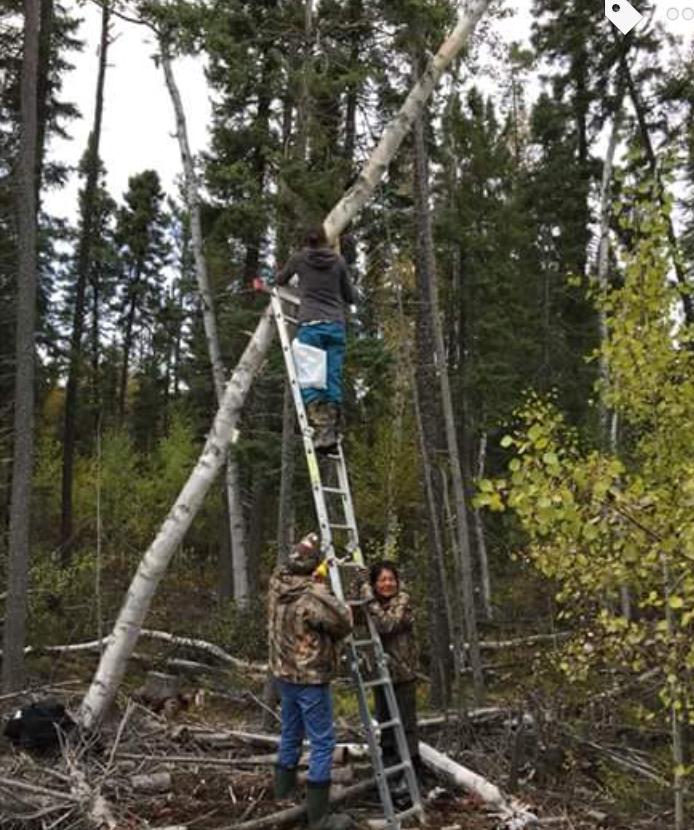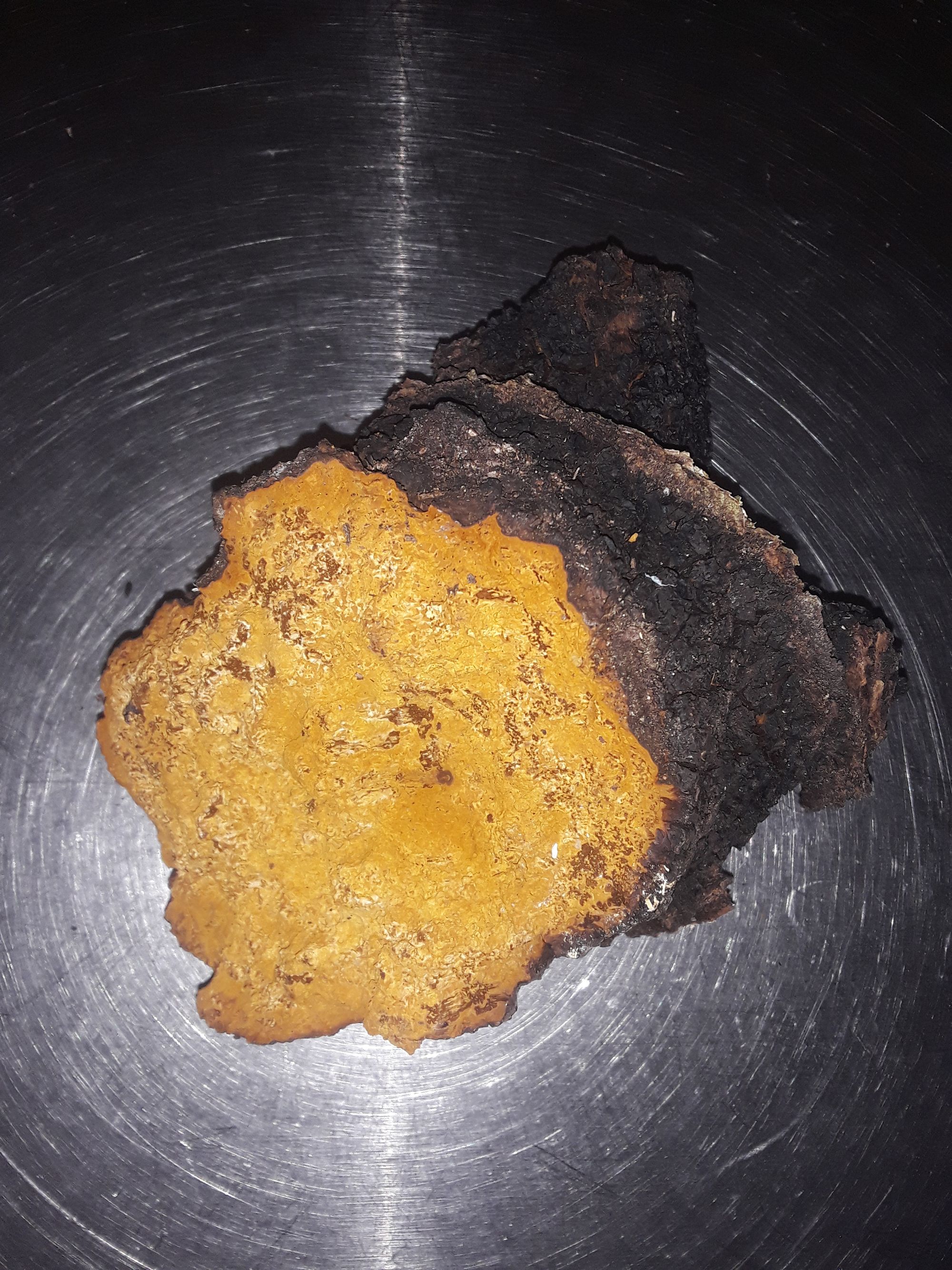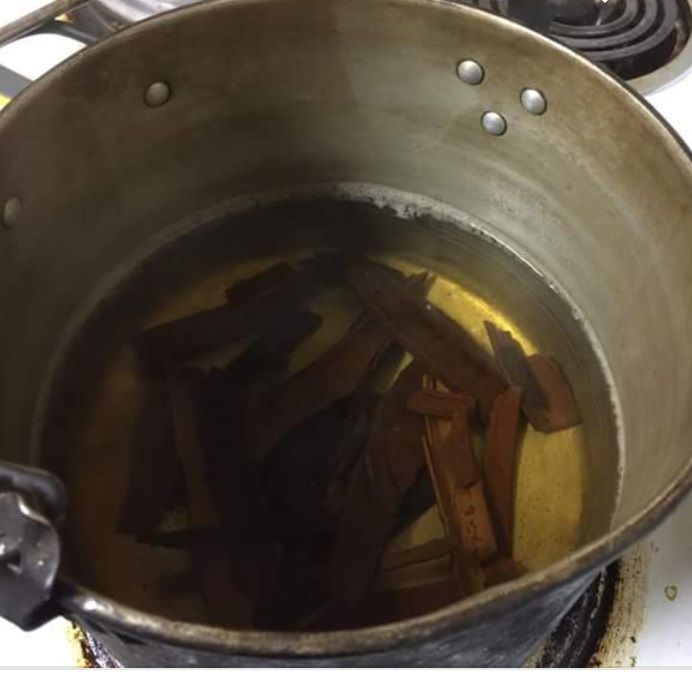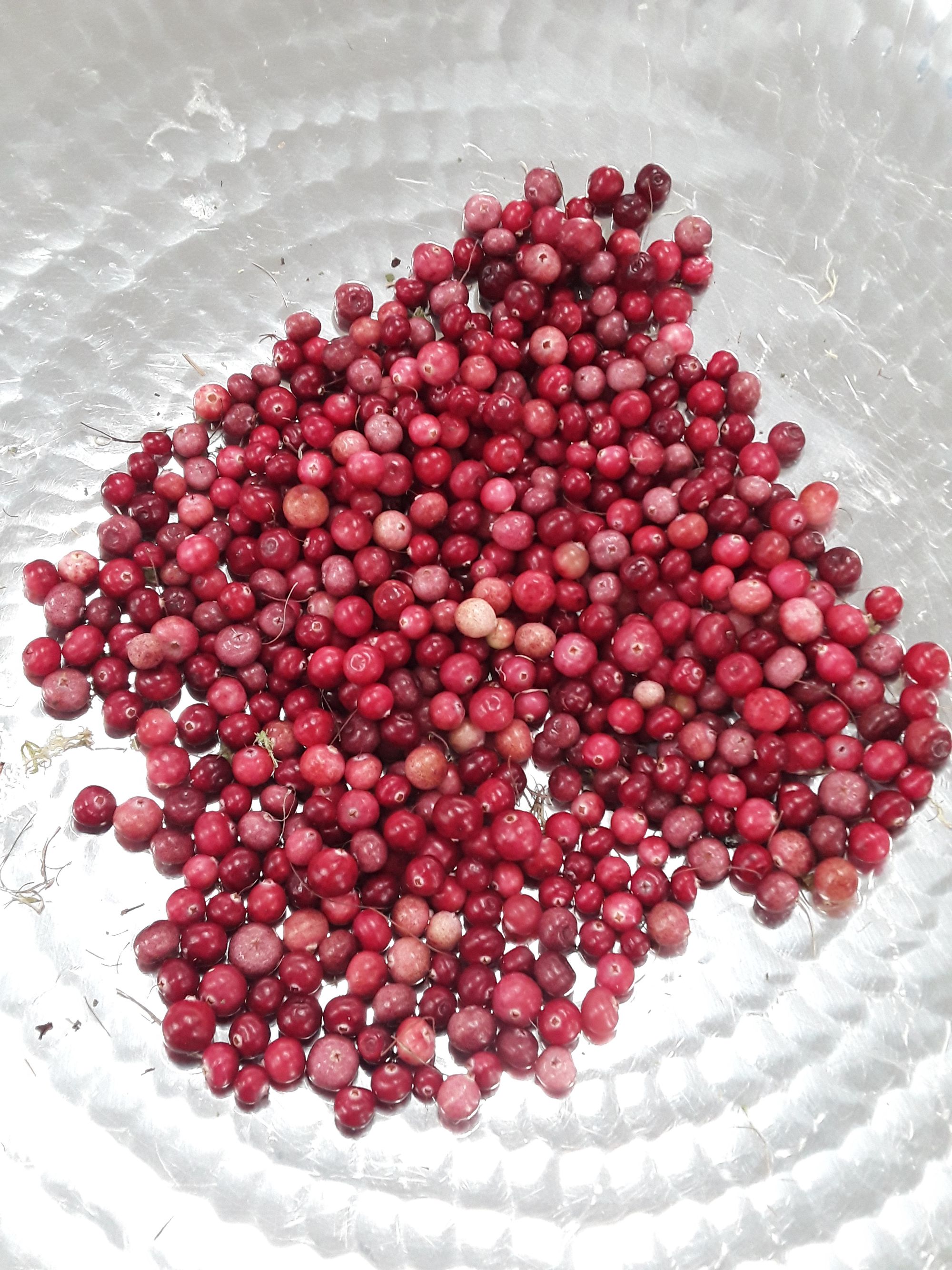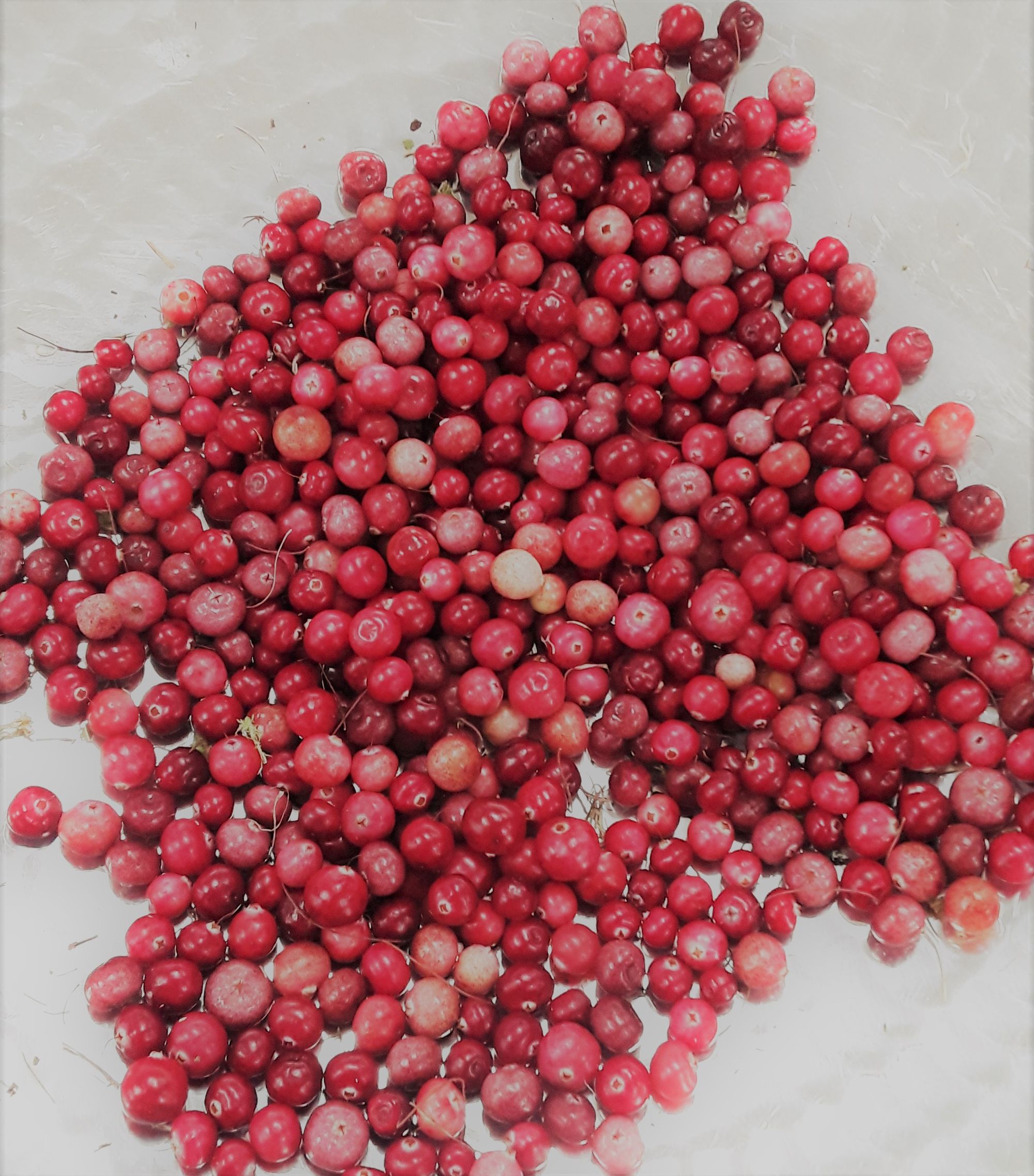Nutrition & Plant Medicines
Nutrition
Download the Traditional Foods Cookbook
Goose Preparation
Wapekeka First Nation
Urban Access to Traditional Food: Understanding Wild Game
Nutrition Downloads
Shibogama Regional Diabetes Strategy
Plant Medicines
Plant Medicines
Shibogama Regional Diabetes Strategy - Manual
Section 1
The forest is our pharmacy. Plant medicines that can be prepared and used for lowering blood sugars, including emergency medicines.
Section 2
Exercise recommendations with examples, to help increase oxygen and blood flow in the body.
Plant Medicine Downloads
Shibogama Regional Diabetes Strategy - Manual
Plant Medicine-Quick guide
Chaga Inonotus obliquus
Pasagun
Parts used: Fungus
*Caution: Do not consume if on blood thinner medication
Identification: Found on a living Birch or tamarack tree. Chaga appears as a black lump with a golden inner layer. It can be confused with a polypore mushroom, shelf-fungus found on dead Birch trees.
Collection:Is best harvested in the winter when the trees are resting but can be picked if needed any time of the year. Use a hammer or axe to knock it off the tree, no need to saw it off tree.
Preservation:Crush the fungus into powder or pearls/chunks as soon as it comes off the tree. it should be placed on a tray for drying. If it is not dried, it can become moldy.
Preparation: There are many ways to prepare Chaga. Steep the fungus until the liquid appears dark brown to black. Avoid boiling the tea.
Medicinal knowledge:Powerful anti-inflammatory medicines that can relieve swelling in the body such as arthritis, rheumatism, heart conditions-cardiovascular inflammation, and cancers.
Black Spruce Picea mariana
Shikopiatik
Parts used: Cortex layer, needles/leaves
Identification: *Found in and around muskeg areas,
Collection: Can be collected any time of year but is best to get the tree cortex in June or July as the inner bark would easily pull away from the inner layers of wood.
Preservation: The inner bark is best collected in June/July, peel the outer layer and collect the wet inner bark for use. Cut into strips and lay out to dry.
Preparation: Once the cortex is collected, cover the bottom of a pot with a 1-inch layer of the bark and fill with water. Bring this to a boil, reduce the heat to a simmer until a rich golden-brown colour. Keep in the fridge for daily drinking, 2 ounces, 3 times a day.
Medicinal knowledge: The needles can be used as a wash for psoriasis or eczema, tea made can alleviate depression and anxiety, and helps to relieve inflammations in the body. Can help to regulate blood sugars.
Weekay Acorus calamus var. americanus
Rat Root, weekay, wiikai, wika
Parts used: root, leaf, flower
Identification: Located in Muskeg, free flowing waters and shorelines, lives in the water among many plants including bulrushes, wild-rice, and white pond-lilies. The leaf blade shape when touched feels like a “V” on both sides. The flower looks like an irregular green corncob.
Collection: It is best to pick this plant in the fall when the energy from the leaves and flowers go back to the root. The root can grow in the mud, snaking along the horizon of the ground. It can be many layers intertwined with one another. When picking, following the root in the ground, breaking the little roots that grow beneath the main root and break pieces off as you uncover it from the mud.
Preservation: Wash and tie with string to hang to dry, or it can be cut into pieces while it is wet, dry on a tray or plate and keep in a sealed container. Can be kept for years if in a cool dry place. Will lose potency over time, especially if it is kept in the sun.
Preparation: Can be chewed in just as it is in pieces. Can be prepared as a tincture (for viral skin infections and colds), 10 pieces for 3oz of tincture.
Medicinal knowledge: Is known to have anti-viral qualities, it treats coughs, colds, flus, cold sores, chicken pox (tincture used topically). The plant does not blend well with water because it lives to survive in watery places and does not rot. Should be boiled at high temperatures so that the medicine better goes into the water. This medicine is also chewed daily if you are trying to stop smoking cigarettes.
Red Willow Cornus sericea
Red Osier Dogwood, Dogwood
Parts used: Bark
*Caution: Do not consume if taking blood thinner medication
Identification: Red willow likes to grow near water or nestled in with other shrubs in the forest. Is easily seen in the wintertime due to its bright red appearance.
Collection:The stems are best gathered in the spring when the plants water starts to flow again. If needed for medicine, it is available any time of the year.
Preservation: The bark can be peeled, dried, and kept in a bag for later use.
Preparation: Two protocols of prevention and promotion
As an anti-diarrhea agent: cover the bottom of a pot with the bark peelings then add water. Boil the tea until it is almost dried up. Add more water and boil again until it is about a 1-inch level of concentrated tea. Jar this and drink one ounce at a time when needed to prevent diarrhea.
As a purgative: Soak the bark peelings in warm water for 24 hours. Strain and jar. Drink 1-2 ounces. This can be consumed to promote diarrhea and purging.
Medicinal knowledge: Red willow is used to prevent diarrhea, prevents pain by letting water flow through the body.
Minnigan
This ointment can be made with any oil but is best made with Bear grease that was harvested in the fall time. It can be used for injuries anywhere on the body and is used by Diabetes patients that have difficulty healing.
1 cup Cedar or Juniper
1 cup Red Willow
1 cup Black poplar buds
1 cup Balsam fir
1 cup White or Black Spruce
Use half cup of Bear grease to each of the 5 herbs. That is 2 ½ cups of Bear grease.
Steam for 3 hours
Strain, then cook for another 30 minutes
Let cool off for about 20 minutes, then pour into jars
Keep in a dry cool place to stay firm or in the fridge.
This ointment can be kept for two years.
It is best to make this minigan in the springtime as soon as the black poplar buds are blooming
